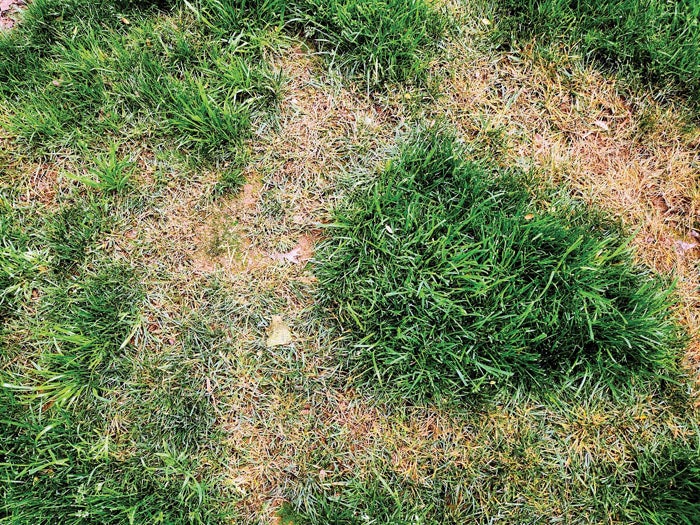Darrell Blackwelder: Preventing sprayer residue damage
Published 12:00 am Saturday, April 1, 2023

- Herbicide accident
I sprayed the lawn a few weeks ago for winter weeds. The herbicide seemed to work, removing massive amounts of chickweed and other broadleaf winter weeds. There was one spot that seemed to look very ragged a few days after the application. The small turfgrass area continued to decline and finally died. I thought it may have been cold weather or even underlying broadleaf weeds dying. This was not the cause of the problem. There were remnants of contact herbicides leftover in the sprayer from a previous application last fall. There was just enough material left in the spray lines and nozzle to kill a small section of turf.
Below are a few steps that will prevent problems with sprayer residue damage.
Read the label. The label has complete information on pesticide usage including how to properly clean sprayers.
Rinse pump tank — fill tank to 1/3 capacity with water with the pump back in and slosh the water around. Pump out all the materials inside the tank through the hose.
Repeat tank flush — repeat the first tank flush but this time add tank cleaner recommended by the label. Different pesticides may require different types of soaps or cleaners. After removing the cleaning material, repeat tank flush one more time.
Always remove leftover pesticides. Never store mixed pesticides over a long period of time. Most blended pesticides can be reused after a few days, but storing for weeks or overwintering in the container creates problems. Pesticides breakdown and often become embedded in plastic or rubber materials. Residues at this point are difficult to remove. It may seem wasteful to eliminate unused pesticides from spray tanks, but the end result can be problematic.
Darrell Blackwelder is the retired horticulture agent and director with the North Carolina Cooperative Extension Service in Rowan County. Contact him at deblackw@ncsu.edu.



